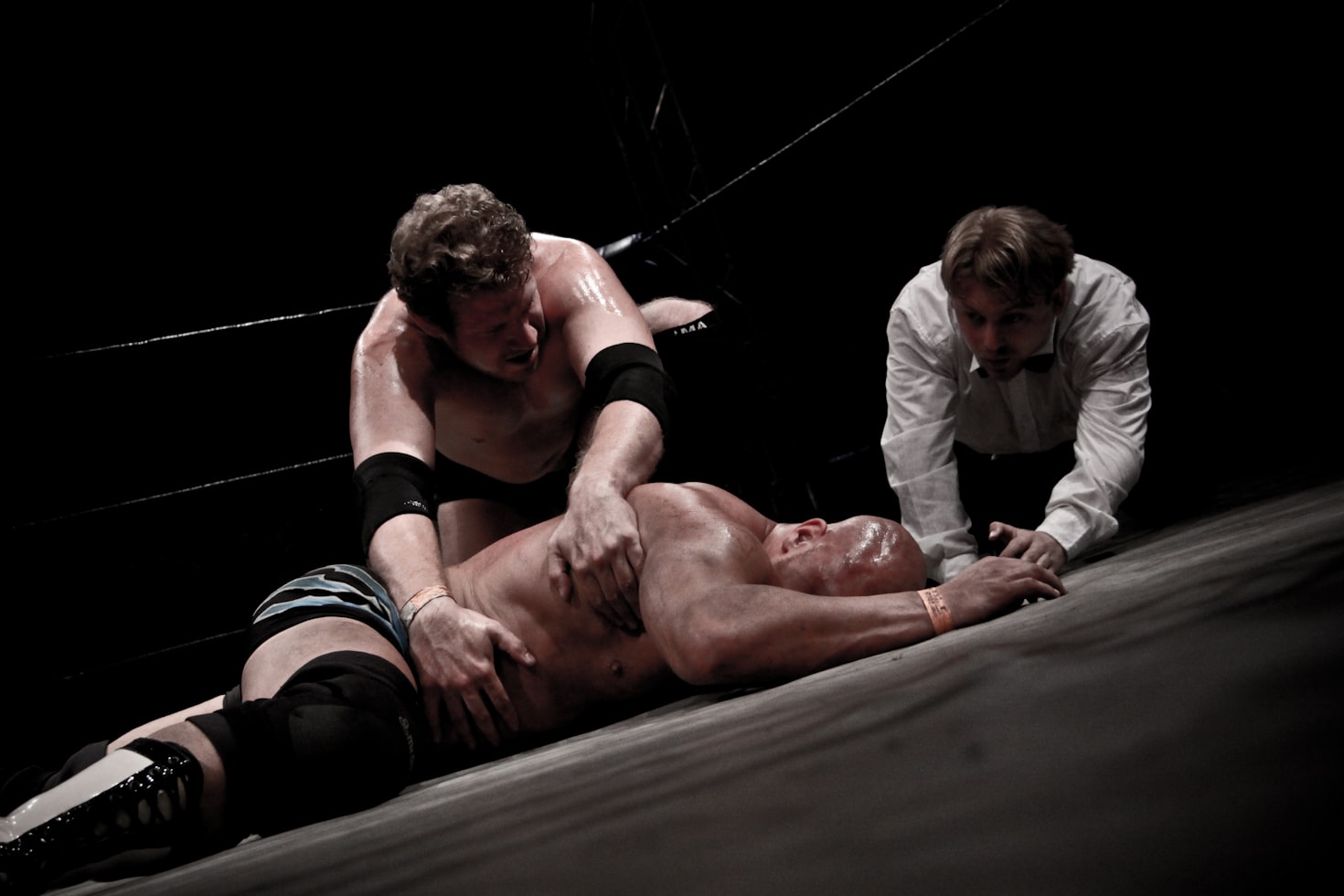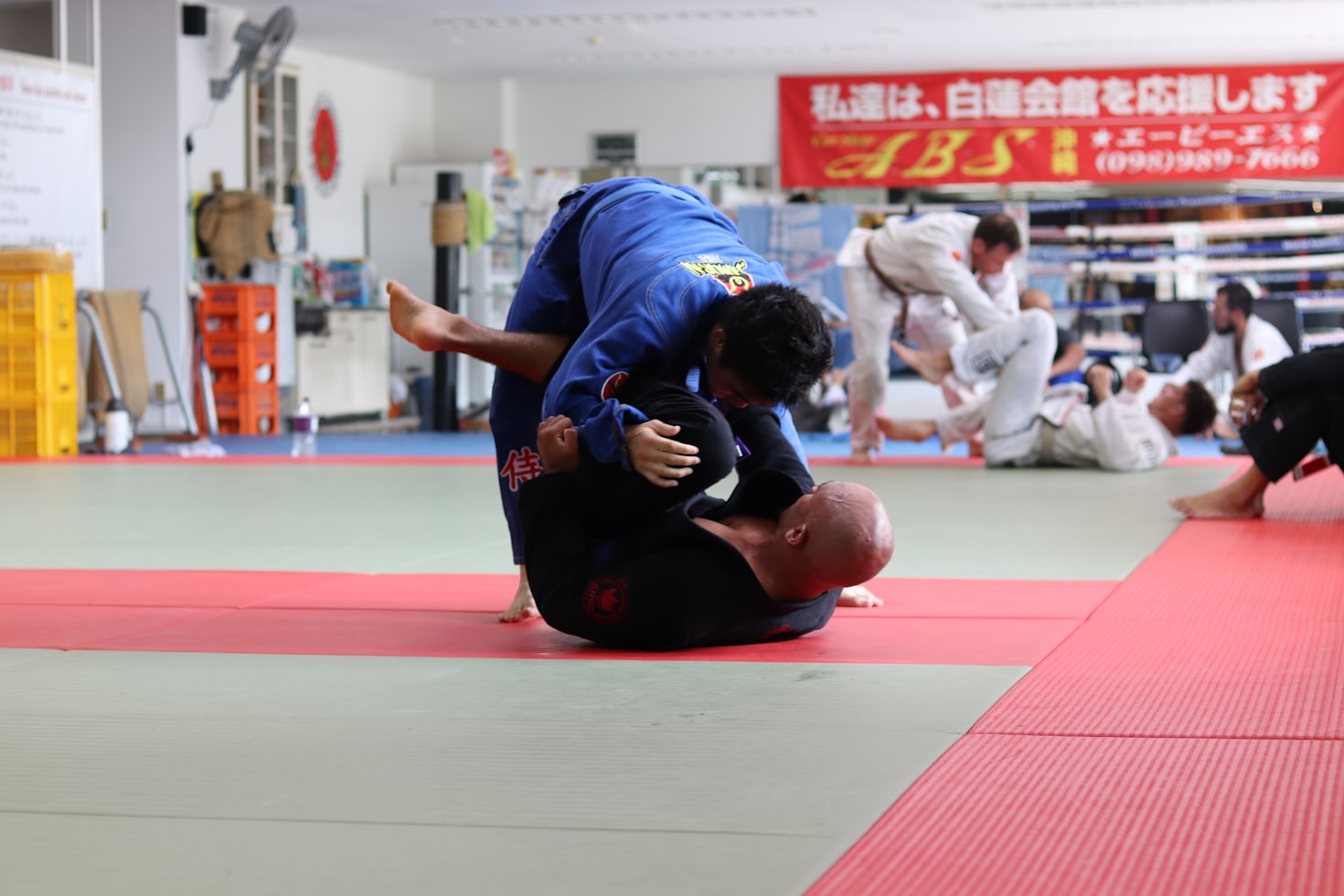HeelByNature.com is reader-supported. When you click on links or make purchases through our site, we or our affiliated partners may earn a commission. Additionally, our site features Sponsored Content, which helps us maintain and operate the website.

When it comes to many sports publications, the UFC tends to see more coverage than pro wrestling. For example, an offer from Virgin Bet can be applied for their MMA markets, which include UFC and PFL events. Additionally, ESPN’s FightCenter focuses on pound-for-pound rankings, Fight Night picks, and divisional rankings. Clearly, the focus is on MMA. Their WWE coverage, by contrast, includes only Hell in a Cell fights and wrestler profiles.
In reality, professional wrestling and the UFC carry many similarities… and pro wrestling has actually been around longer. During the 19th century, traveling carnivals introduced crowds to the first professional wrestlers. In addition to performing superhuman feats of strength, these wrestlers performed highly dramatized fights to delight spectators. It created a focus on both athleticism and showmanship that has endured to this very day.
Two hundred years later, the word MMA now dominates modern conversations on wrestling. This began in the 1990s, when the Ultimate Fighting Championship helped globalize the term mixed-martial arts. But, as exemplified by the earliest carnival attractions, professional wrestling actually outdates UFC (and MMA) by centuries.
A Split View from Sports Groups
Despite this, the UFC is regarded as a professional sport, while the WWE and AEW are seen as athletic spectacles. Sports broadcasting groups regularly cover top MMA fighters, from Junior Dos Santos to Amanda Nunes to George St-Pierre. Here, the emphasis is on P4P strength and matchup histories. Analysis on WWE and AEW are more likely to include Twitter fights as legitimate hints toward the outcome of an upcoming match.
Perception aside, the reality is that both sports are on-par with each other in terms of athletic prowess. And even if the UFC tends to see more coverage from sports broadcasting groups, many pro wrestling fans know just how intertwined the histories of professional and MMA wrestling are. Let’s take a closer look.
UFC1 & Japan’s UWF
As the UFC nears its 300th PPV event, many are looking back at the fighting group’s first event—and there’s no way to talk about UFC1 without bringing up the UWF, or Universal Wrestling Federation, from Japan. The first UFC PPV event include fighters Gerard Gordeau and Ken Shamrock, who had both spent time in the UWF.
The UWF combined elements of professional wrestling with catch wrestling, which made it a crossover success for its realistic matches. Gordeau advanced to the finals of UFC1, where he was disqualified for an illegal move. Shamrock, who fell to Royce Gracie like Gordeau in the catchweight division, was employed full-time by the UWF when he entered the octagon.
Within a few years, Shamrock was the UFC’s biggest star and, by extension, one of the biggest faces of the MMA. But few publications at the time highlighted Shamrock’s time as a professional wrestler, though it was eventually covered with he moved to the WWE in 1997.

Cross-Cultural Athletics
The techniques used in MMA and pro wrestling also have a shared history. Before MMA became a minted abbreviated, the idea of combining wrestling philosophies was almost strictly the domain of professional wrestling.
For example, pro wrestlers and MMA fighters today will both rely on Brazilian jiu-jitsu tactics, freestyle Greco-Roman wrestling, kickboxing, and, more recently, even capoeira elements. And many of pro wrestling’s top personalities made their name using unique wrestling styles—sometimes years before MMA popularized the diverse disciplines.
This, once again, points back to Japan’s extensive pro wrestling industry, which is continued today through the super-popular NJPW. One of the earliest proponents of international pro wrestling were duo Karl Gotch, a Belgian Olympian wrestler who was a lethal Greek Pankration expert, and Japanese wrestler Antonio Inoki. The pair combined elements of karate and judo into professional wrestling, with helped legitimize the sport in Japan into the 1980s.
Moving from Pro Wrestling to MMA (and Vice Versa)
One of Inoki’s closest understudies, Josh Barnett, is a former UFC champion who got his start in the NJPW under Inoki. Though he started in pro wrestling with a background in judo and Muay Thai, Barnett went on to become the UFC’s youngest UFC Heavyweight Champion in 2000.
In 2009, he also nabbed the World No-Gi Brazilian Jiu-Jitsu champion, highlighting the international nature of modern wrestling. Barnett is a key example of professionals who move from pro wrestling to UFC competitions, rather than the other way around.
Just like the poster boy for successful WWE-MMA crossovers, Brock Lesnar, Barnett had a background in competitive wrestling before moving to MMA, where he enjoyed his most successful years. This mirrors Lesnar’s success, who has separate WWE, UFC, and NCAA titles. He moved from D1 NCAA competitions to the WWE, to a failed stint in the NFL, then to MMA.
